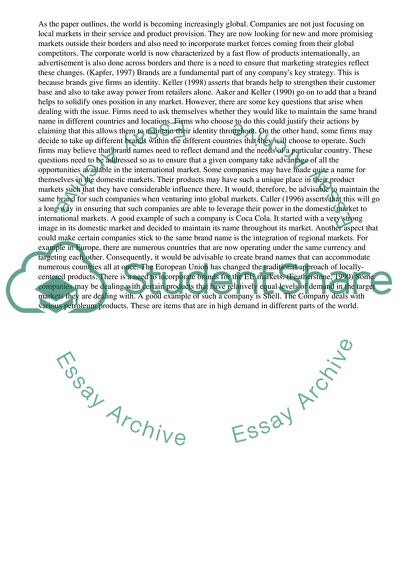Cite this document
(“Global Branding Essay Example | Topics and Well Written Essays - 2000 words”, n.d.)
Retrieved de https://studentshare.org/business/1511049-global-branding-essay
Retrieved de https://studentshare.org/business/1511049-global-branding-essay
(Global Branding Essay Example | Topics and Well Written Essays - 2000 Words)
https://studentshare.org/business/1511049-global-branding-essay.
https://studentshare.org/business/1511049-global-branding-essay.
“Global Branding Essay Example | Topics and Well Written Essays - 2000 Words”, n.d. https://studentshare.org/business/1511049-global-branding-essay.


